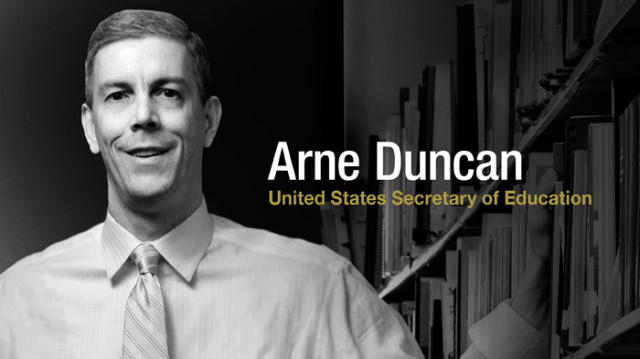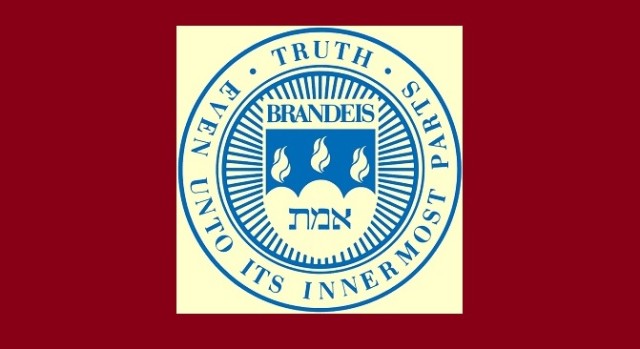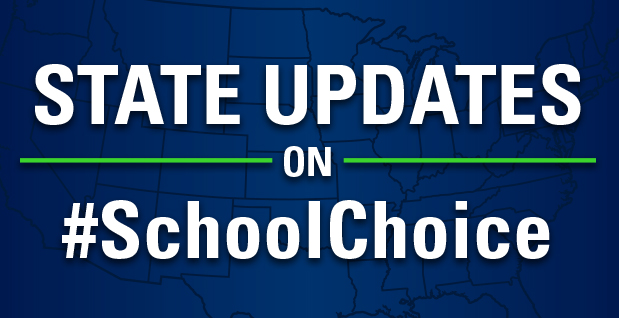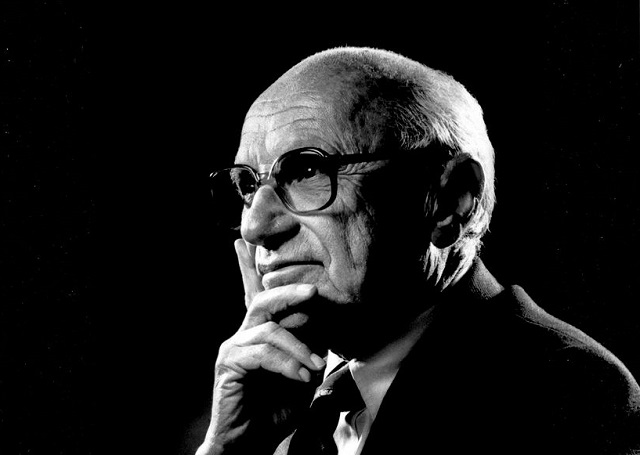I just returned home from speaking at the iRefuse Rally on March 29, 2014, in Port Jefferson Station, New York. My trip was an adventure in many ways, not the least of which was in my managing to get to New York.
In short, my flight to NYC was canceled; I was able to fly to Baltimore on standby and rent a car at 1:30 a.m. to drive through the night to Long Island (250 miles).
(It turns out that the kind individual who anonymously paid for my airfare and hotel approached me after hearing my story and offered to pay for the rental car, as well.)
I was determined to make it to the iRefuse event. It was certainly worth the effort. The rally was wonderful. Several hundred people showed to listen to almost a dozen speakers despite the dreary, rainy weather.
I spoke for about 30 minutes. The title of my talk was The Politics of Standards. I did not use notes, so I cannot post exact, complete content just yet. The rally was video recorded; once I receive the video, I will post my complete speech.
My speech came near the end of the rally; the audience was tired, and so was I (having been awake for 34 hours by then). I polled the audience before deciding upon the content I delivered. I wanted to ensure that I connected with my audience; I did not want to sound too “technical.”
My avoiding sounding too technical does not mean I avoided presenting facts.
In this post, I would like to offer some discussion included in my talk– what I believe to be an important, under-discussed development regarding the push to “implement” the so-called Common Core State Standards (CCSS):
The currently-subtle promotion of a regulatory agency to “ensure” that curriculum “aligns with” CCSS.
Next Stop: CCSS-Approved Curriculum
In the following two publications, I have seen language promoting such an agency. One is this March 26, 2014, Hechinger Report article about a CCSS math problem that went viral. The article argues that the problem is with the selected curriculum, not with CCSS.
One statement caught my attention:
The problem the question highlights is not an issue with the Common Core itself, McCallum said, but rather one of curriculum. … So far, there has been little qualitycontrol. [Emphasis added.]
Major, looming question:
Just who is supposed to “control” curriculum “quality”??
Why a “CCSS czar”– or a CCSS regulatory board.
I first read about these two horrible concepts in this March 19, 2014, EAG Newsarticle by Ben Velderman, a reflection on this summer 2014 Education Next article by the American Enterprise Institute’s (AEI) Michael McShane. The Education Next article actually proposes among other “implementation solutions” the two “CCSS management” ideas of a CCSS regulatory board and even a single individual in charge of All Things CCSS– a CCSS “czar”:
Former National Education Association chief John Wilson has called for the creation of a “Common Core Czar” to manage the common core. He believes that this person, who would need to have “excellent education credentials including teaching experience, understand a systems approach to education, and have the trust of teachers and parents” and “the respect of both political parties,” could be appointed by the NGA and CCSSO to “oversee the implementation, call out bad practices, and recommend policy changes to the politicians.” Quite a tall order, especially if the “czar” has no government-based authority. [Emphasis added.]
One individual placed in charge of CCSS “implementation.”
Wow. Am I reading Vonnegut? Huxley? Serling?
Perhaps this “czar” idea is too much (tongue in cheek). Let’s just go for McShane’s next highlighted offering: a CCSS regulatory board:
Patrick McGuinn, a Drew University political scientist, has offered several other possible models for common core governance. Leaders could create a national network of organizations like the NGA and CCSSO, as well as prominent nonprofits and unions, that would serve as revisers, implementation watchdogs, and political advisors. Alternatively, a structure could be developed like the National Assessment Governing Board, which currently oversees the National Assessment of Educational Progress (NAEP). Empowered by law, the board is required to represent major constituent groups. States could then enter into a memorandum of understanding to agree to abide by the board’s rulings.
As Velderman observes:
That (the CCSS regulatory board idea) sounds an awful lot like local school districts and states surrendering their autonomy to some type of centralized authority, whether it be national or regional. [Emphasis added.]
Corporate reform certainly does benefit from the surrendering of local authority (via few signatures, mind you) via so-called memoranda of understanding (MOUs)– not the least of which is the original CCSS MOU.
McShane states that until someone steps up to regulate CCSS, “folks will look to the federal government.”
Allow me to contradict McShane:
“Folks” are fighting the very idea of CCSS, period.
If they were not, there would be no pro-CCSS “call to “rebrand” in an effort to fool the “folks.”
However, it is clear that the public should take seriously the proposed ideas for CCSS “regulation”– and it should know that such “regulation” would certainly include curriculum.
CCSS Curriculum “Regulation”: In the Cards for Years Now
The push for such a CCSS regulatory agency should be expected based upon the declared push for “everything” to “line up”– CCSS, curriculum, and tests– an idea that has been publicized by the National Governors Association (NGA) since 2008.
I discussed this “alignment” in my Common Core, Aligned Curriculum… post:
In June 2008, the Hunt Institute and the National Governors Association (NGA) offered the following information as part of an NGA press release regarding the “need” for “rigorous standards.” Notice the inclusion of curriculum in this 2008 statement:
“High, rigorous standards are the foundation of a strong education system. Content standards specify the knowledge and skills that students need at each grade level. These standards must be supported by an aligned and clearly articulated system of curriculum, assessments, teacher preparation and professional development, textbook selection and appropriate supports for students.“[Emphasis added.]
On July 21, 2009, Bill Gates made the following declaration in a speech to legislators:
…Identifying common standards is not enough. We’ll know we’ve succeeded when the curriculum and the tests are aligned to these standards. [Emphasis added.]
One month prior to the Gates speech, on June 14-15, 2009, NGA offered the now-loaded word, implementation, in reference to aligning all documents that could possibly control the teacher-student relationship– including curriculum:
Well-planned implementation processes are necessary for success. Standards alone will not ensure student success. Wilhoit cautioned that higher standards will not be effective if teachers and local
education authorities are not prepared to use them. High-quality standards represent the knowledge and skills that states want students to acquire, but this goal cannot be realized without an implementation system that includes curriculum, instructional tools and materials, formative and summative assessments, student supports, and teacher preparation and professional development that are aligned with the new standards. [Emphasis added.]
Thus, those publicly promoting “correct implementation” of CCSS as a “solution” to the undeniable national resistance to CCSS are actually pushing for an agency to regulate an implementation system that includes curriculum– whether such promoters admit as much or even realize as much.
Do not be deceived by the seeming diplomatic promotion of “proper CCSSimplementation.”
Note that a major message my “common core” blog category is that those pushing hardest for CCSS (including implementation) overwhelmingly tend to be those without a direct, personal connection to the classroom. Those pushing hardest for CCSS are not teachers, parents, or students.
The CCSS “push” is nondemocratic.
The CCSS implementation “push” will also be a slap to democracy.
Calling Out the “Implementation” Term
One of the iRefuse attendees (and speakers, though I did not arrive in time to hear him) was New York State United Teachers (NYSUT) President Richard Iannuzzi. We spoke after the rally regarding NYSUT’s position on CCSS. He mentioned his stance against CCSS testing, including a freedom of information (FOIA) request NYSUT recently filed regarding CCSS testing in New York. He also mentioned the botched implementation of CCSS.
I asked if NYSUT planned to file other FOIAs specifically related to CCSS. Iannuzzi said yes.
Iannuzzi told me, “As long as Common Core is carved in stone, I do not support it.”
I told him that he needed to publicize that message– his being against a rigid CCSS– rather than the “implementation” message since “implementation” implies that one believes CCSS is fine as it is– no flexibility needed– and that the public isn’t buying it.
I also know that the “implementation is the problem, not CCSS itself” message leads America down the road toward a CCSS regulatory agency.
Rigidity requires a regulatory agency. Flexibility does not.
I challenged Iannuzzi to publicize the words he spoke to me– that so long as CCSS is “carved in stone,” he does not support it. I asked him to make this message clear via press releases and on the NYSUT website, which needs updating since it still includes the “we support CCSS” message.
He said that his updated stance could be found on the Stronger Together website.
I told him that people looking for NYSUT’s position will not go to the Stronger Together website– they will go to the NYSUT website, as I did– and they will read the “we support CCSS” message.
He agreed to update the NYSUT website, and he agreed to publicize his opposition to inflexible CCSS.
It was a hard-hitting conversation, but a good one.
As I was leaving the building, Iannuzzi stopped his car near me, rolled down the window, and told me that he just tweeted his anti-”carved in stone”-CCSS message.
And so he had:
@RichardIannuzzi · Mar 29 If CC is written in stone then it is unacceptable. NY must have a mind of its own! @beth_dimino @NYSAPE @lacetothetop
Based upon the pushback to All Things CCSS in New York State, it is clear to me that New York does indeed “have a mind of its own”– and that “mind” is fighting hard for its right to the democratic process in public education.
In Closing
Fortunately, this CCSS resistance is not unique to New York. CCSS resistance is nationwide, and we are too smart to be pacified by the “better CCSS implementation” strategy.
We want CCSS gone.
A nonexistent CCSS erases any possibility of a CCSS “czar”– or a CCSS regulatory agency– or the federal government defaulting as a CCSS regulatory agency.
Formal regulation of CCSS curriculum is next on the top-down list.
Kill CCSS, kill curriculum regulation.
EDITORS NOTE: New Yorkers gathered for the 1st Annual NYS iREFUSE! rally, a forum and protest against high stakes testing and Common Core. Featuring Dr. Joe Rella, Mark Ferreris, Nicole Ehrhard, Mary Calamia, Beth Dimino, Dick Iannuzzi, Michael Bohr, Rob Astorino, Tim Farley, Assemblyman Al Graf, Ruth Bryant White, Professor Steve White, Dave Greene, Dr. Mercedes Schneider and Yvonne Gasperino. Following is the full length video taken in Port Jefferson, New York. March 29, 2014:
[youtube]http://youtu.be/gq_H8TF5vLA[/youtube]




















